Intercultural Crosstalk
People Who Taught Japanese in Their Home Countries ②About Teaching Japanese
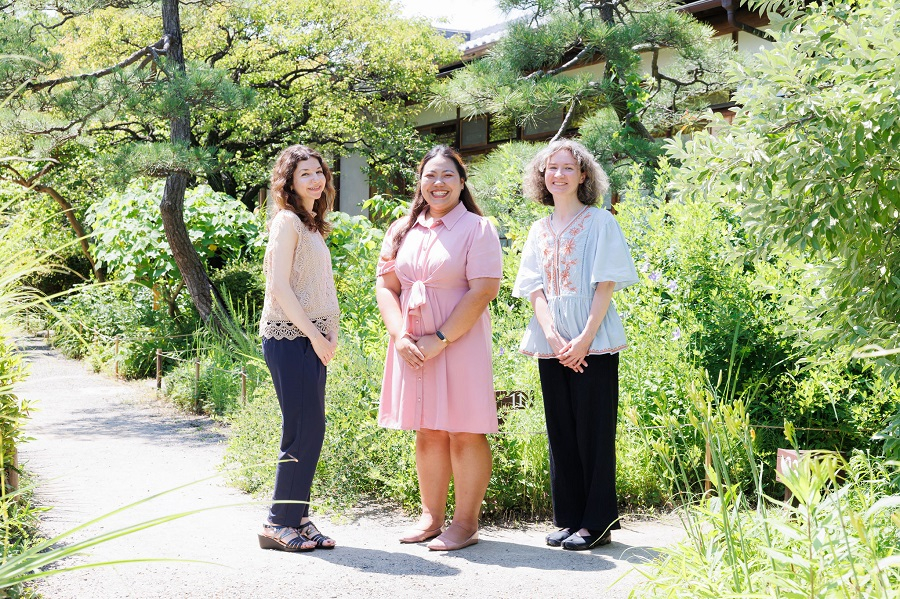
See their profiles here
Click for “1st Round” Here
Round 2: About Teaching Japanese
In this interview, we spoke with 3 people who have taught Japanese in their respective countries about Japanese language education in their countries, their experiences as teachers, and the challenges and rewards of their work.
What Kind of Schools Did You Teach Japanese at?
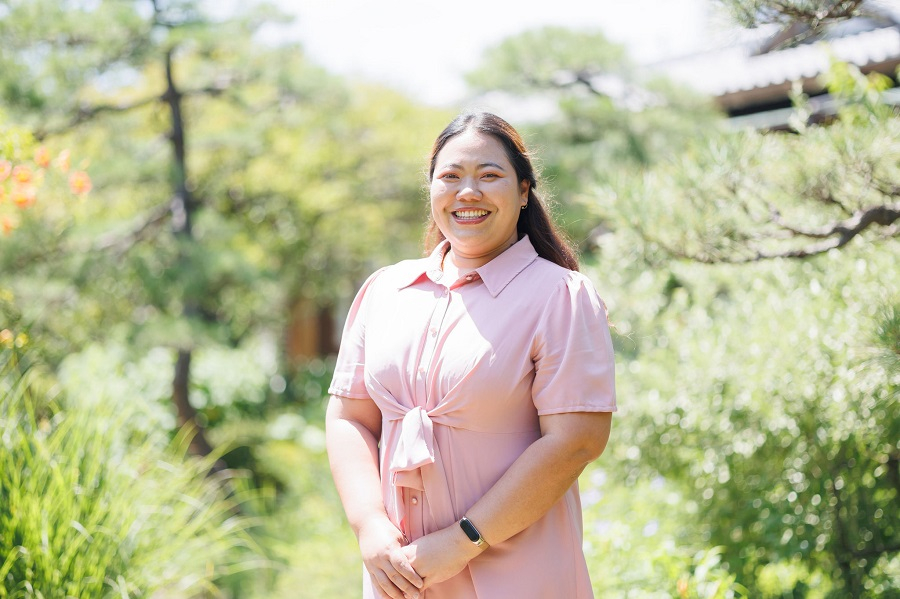
I taught at a high school and university. Some of the high school students had been studying Japanese for 2-3 years, so their levels varied. There were about 25 students in each class.
At the university, I taught 1st-year and 3rd-year students 1 class each. The 1st-year class was a basic class using “Minna no Nihongo,” and the 3rd-year class also covered Japanese literature. I taught alternately with a Japanese teacher.
At the university, I taught around 20 students. The challenging part was the varying levels of motivation among the students. There were times when I wondered why some students chose Japanese, but I also chose it at the last minute before applying, so I can’t really say anything (laughs).
After moving to the capital city of Kyiv, I worked at a language school providing individual tutoring. The students there were all motivated to study, so it was easier to teach.
I taught at a high school. 1st year students learned characters, 2nd year students learned self-introductions, and 3rd year students learned basic conversation. There were students who wanted to study and students who didn’t, but I wanted everyone to participate in class, so I didn’t divide them into groups based on their grades and let them sit wherever they wanted. I also had everyone play games together to make the class more accessible to students who didn’t want to study. For 3rd year students, I also provided career guidance.
What Was Your Approach to Teaching Japanese?
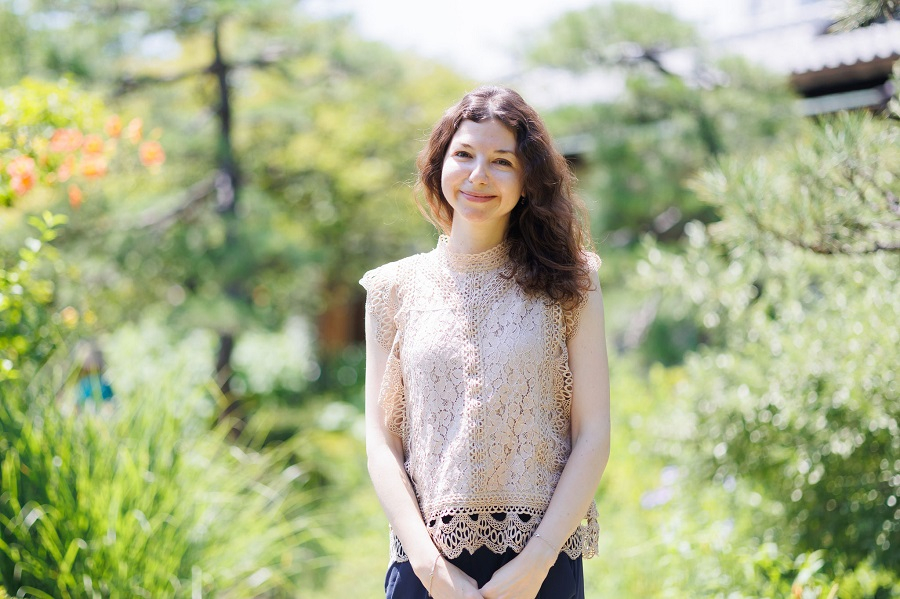
The school created the curriculum and annual schedule, and I taught according to that. In addition to preparing for classes, there were various other tasks such as attending meetings and evaluating students. I taught at 3 schools in total, and the content and frequency of classes varied considerably from school to school.
Other foreign languages had curriculums set by the government, but Japanese was a new language introduced at the school, so the senior Japanese language teachers created the curriculum. We conducted classes according to that curriculum.
Like Nisa, we also had meetings, prepared for Japan-related events, and Japanese speech contests. We also provided after-school guidance to all students in the class individually.
Like Maria, my university had just introduced Japanese, so there was no curriculum, and I had to create it myself. It was easier in that I could adjust the schedule myself if I fell behind. However, I worked 5 days a week, with 3 or 4 classes per day, each lasting 1 hour and 20 minutes. It was busy, so I did my lesson preparation at home.
At the language school in Kyiv, I was responsible for about 4 individual lessons per day. This was more challenging than the group lessons at the university. The students varied widely in age and Japanese proficiency, so there was no set curriculum, and I had to adapt the lessons to their individual paces.
What Was the General Atmosphere Like Among the Students You Taught?
There weren’t many students who were very serious about their studies. Everyone wanted to have fun while studying. Many students disliked the traditional classroom format where the teacher talks and the students silently take notes. So, I taught using games and quizzes.
High school students were divided into those who were very serious and those who weren’t. They were all very cute, free-spirited, and had a typical high school atmosphere, but it was a little difficult to teach them. In some classes, music was played during class, and cards were even thrown around.
The atmosphere varies depending on the students’ personalities.
Also, something I noticed after coming to Japan is that Japanese people listen very seriously and don’t ask many questions during class. I really appreciate it when students ask questions in the middle of a conversation. In Ukraine, questions are constantly being asked during class.
I feel the same way. When I taught Thai to Japanese students, they would look confused, but then they wouldn’t ask any questions until the end, when they would say, “About what you said earlier...” But by that time, I had already forgotten what I had said.
Bulgarian students also often asked me questions in the middle of the lesson. I would also prefer if they asked me their questions right away.
Have You Had Any Difficult Experiences as a Japanese Language Teacher?
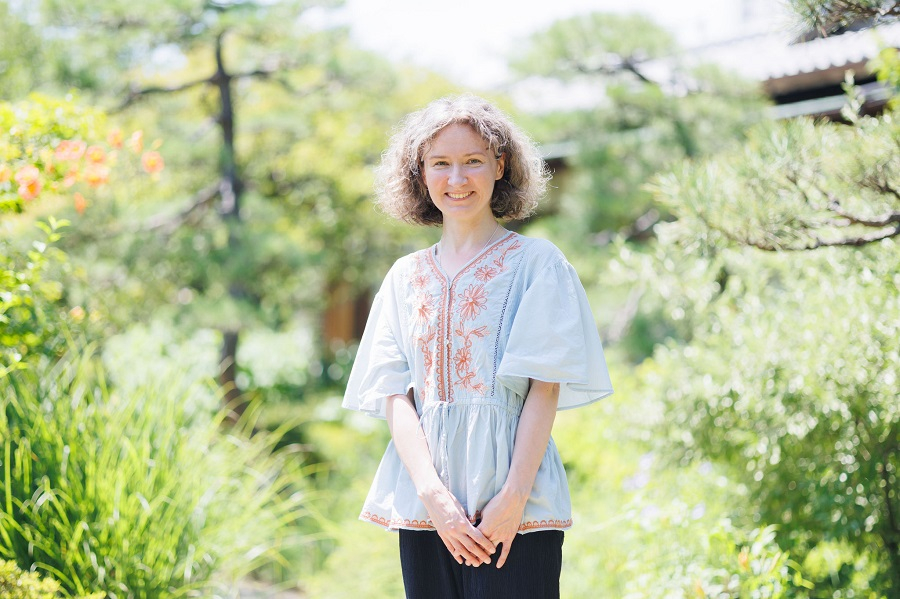
I never found teaching Japanese difficult. If I'm not enjoying myself, my students won’t enjoy learning either.
But I didn’t like it when meetings and other things interrupted my lesson preparation. I wanted to concentrate on teaching.
I didn't really like any of the other aspects of the job either. What I struggled with the most was grading. At the university where I worked, a grade of D meant a retake, and if you failed that, you were expelled. Thinking about that, I found it really hard to give students who were struggling a D.
Grading is really tough, isn’t it? I often struggled with it too.
Also, when I was still new to teaching, I was once told by a parent at a parent-teacher meeting, “I heard the class atmosphere is bad. What’s good about this teacher?” That was quite a shock. At the time, there were students who were misbehaving in class, but I wasn’t used to it yet, so I couldn’t scold them strictly and had a hard time keeping them focused on the lesson. But after that, the class atmosphere gradually improved, and the issues were resolved.
Please Tell Us What You Like About Being a Japanese Language Teacher
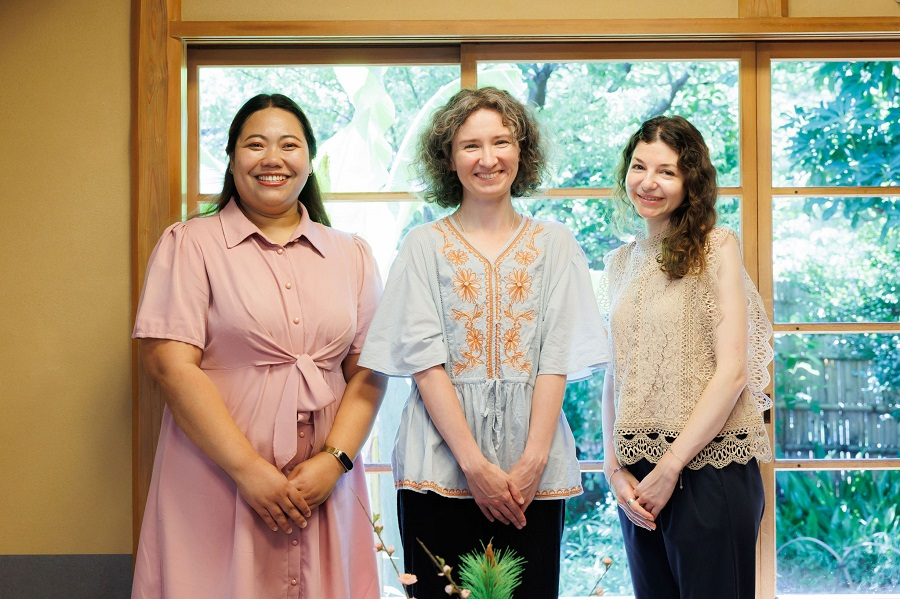
The best part was definitely meeting the students. When I quit the school, all of the students wanted me to stay. I wanted to stay with them too, but I had to quit for my future, which was difficult. We still keep in touch, and when I remember their smiles and hearing them say, “I’m glad you’re here” and “What are we going to study today, teacher?”, I want to see them again and hope that I can return someday.
I feel the same way. At first, I struggled to get the students to focus on the lessons, and there were times when I felt I wasn’t cut out for teaching. But seeing the positive impact I could have on the students, even if it was just a little at a time, was both scary and rewarding. When it came time to leave, I was really torn about how to tell the students. The first class I taught told me, “Don’t quit,” and that meant the world to me. I still keep in touch with those students to this day.
It’s wonderful when students grow to love Japanese. One of my students studied abroad in Japan and is now teaching Japanese.
For me as well, the best part was meeting the students. One of the students I taught in Kyiv is now in Japan, and we often meet up. The bonds I formed with my students are very important to me. In addition, learning a foreign language broadened my horizons and gave me a deeper understanding of other people’s feelings.
The 2nd session was filled with lively stories about schools and students from the perspective of experienced teachers.
The 3rd session will focus on the theme of “Living in Japan as a Japanese Language Teacher.”
── Continued in the Following Issues
